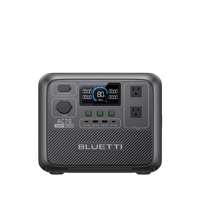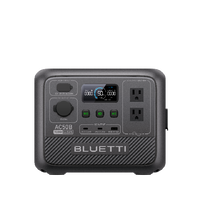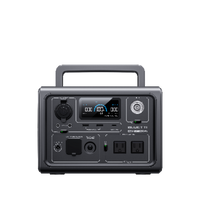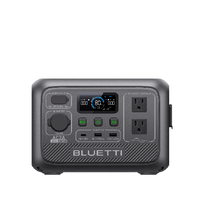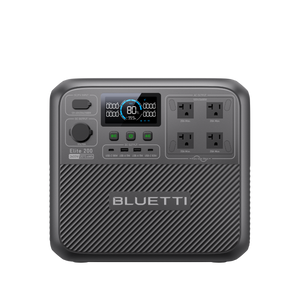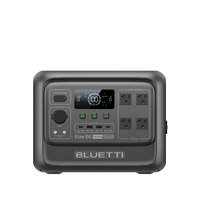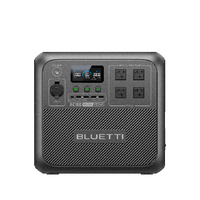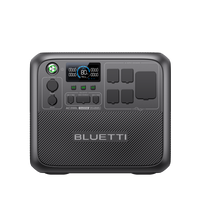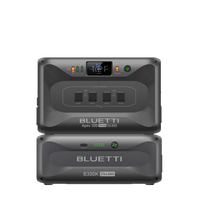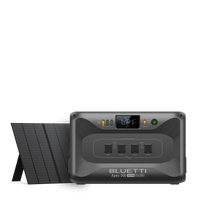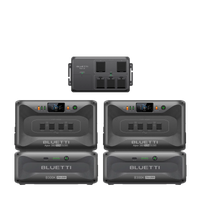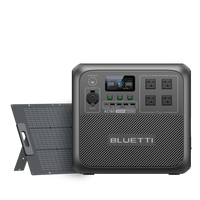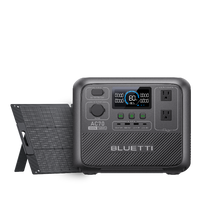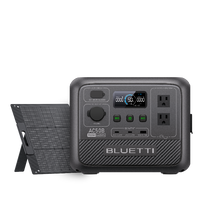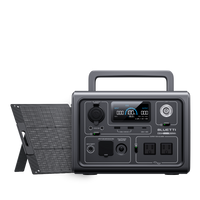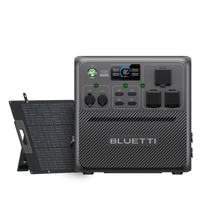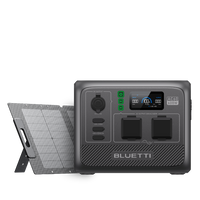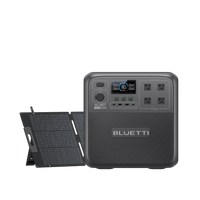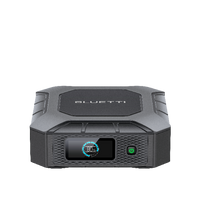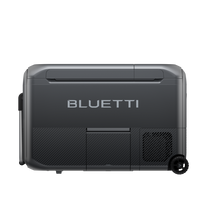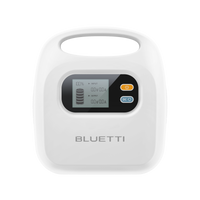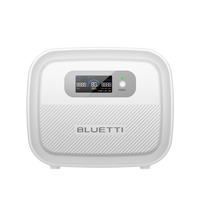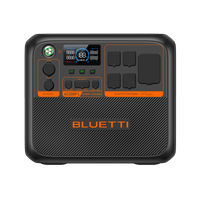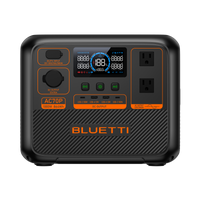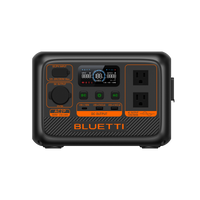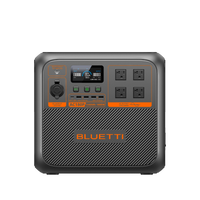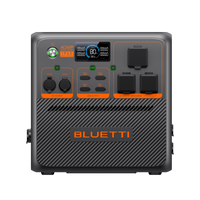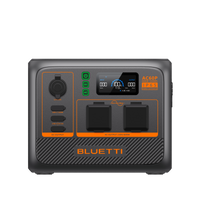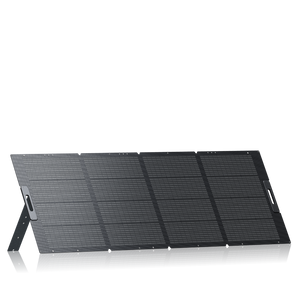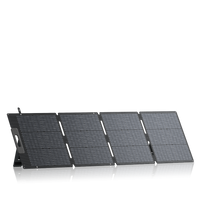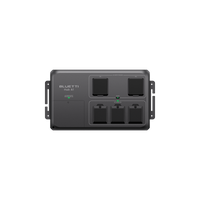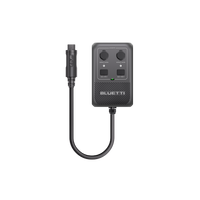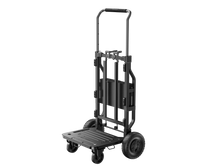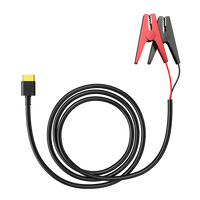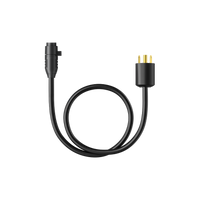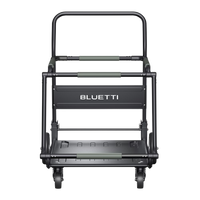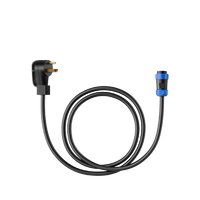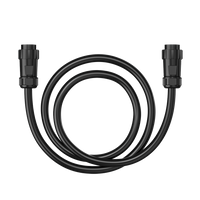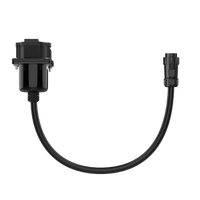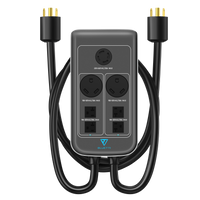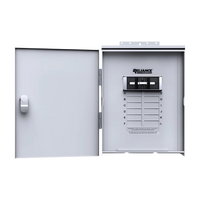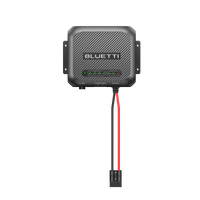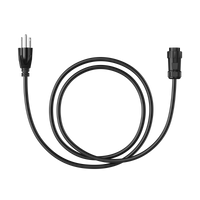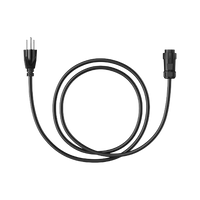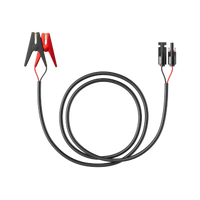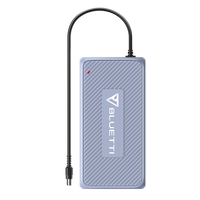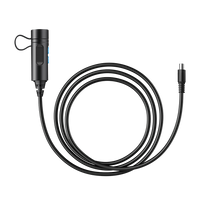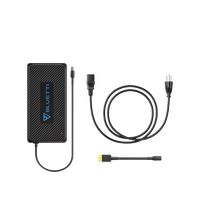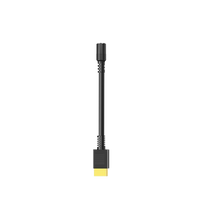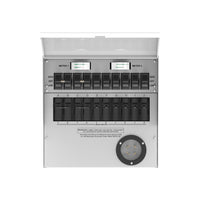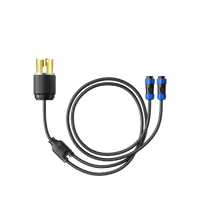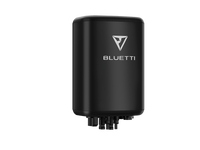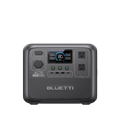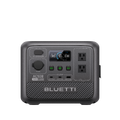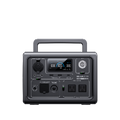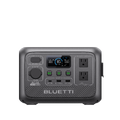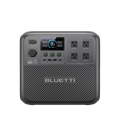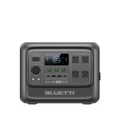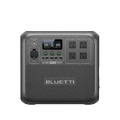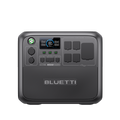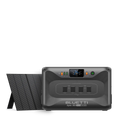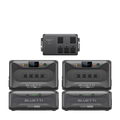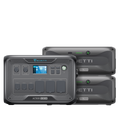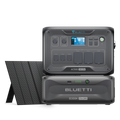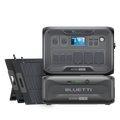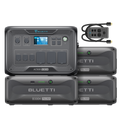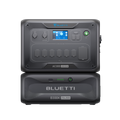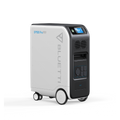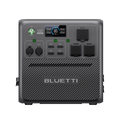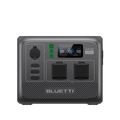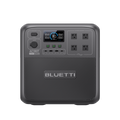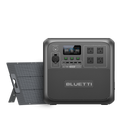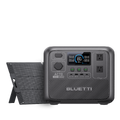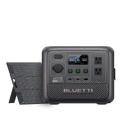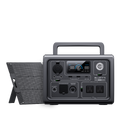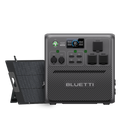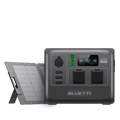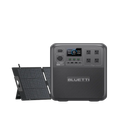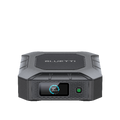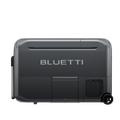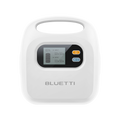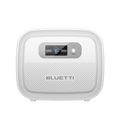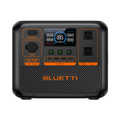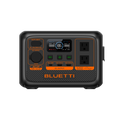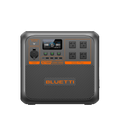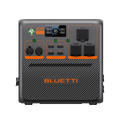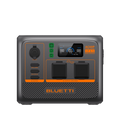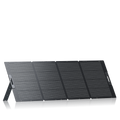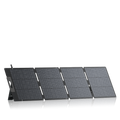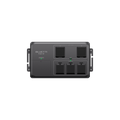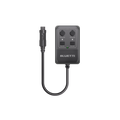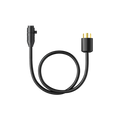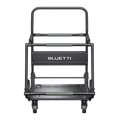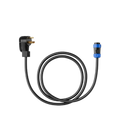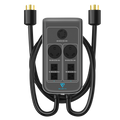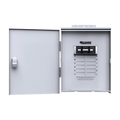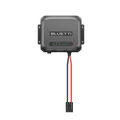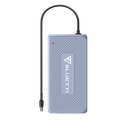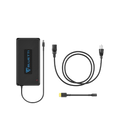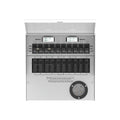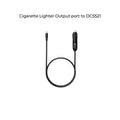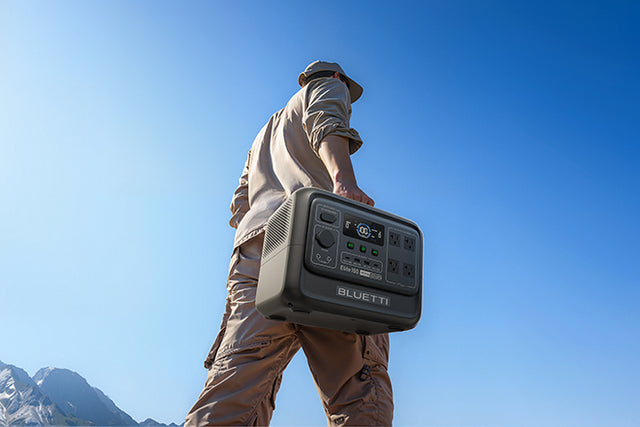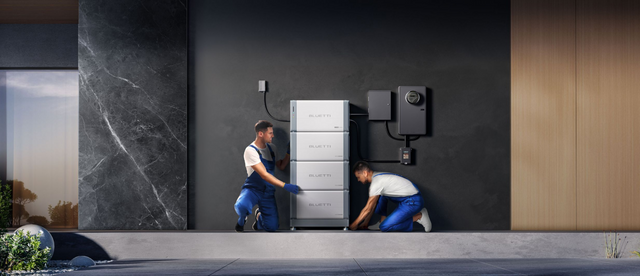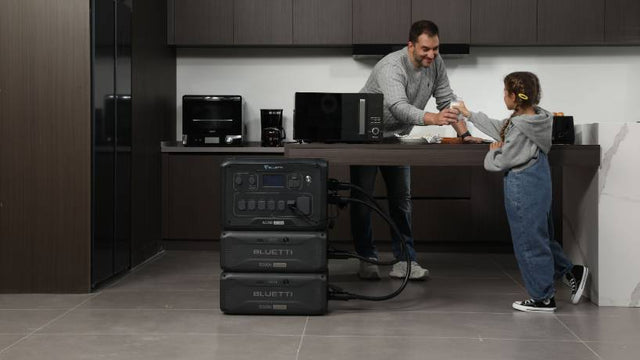Your cart is empty
Shop our productsWhile many countries offer programs to encourage homeowners to switch to solar energy, in the United States one of the most significant incentives is the 30% Federal Solar Tax Credit. It reduces your federal taxable income by 30%. Though initially set to last until 2034, this program will now expire at the end of 2025.
This article dives into details about the tax credit. Plus, how you can benefit from the tax credit.
What is 30% Federal Solar Tax Credit?
The 30% Solar Tax Credit, also referred to as the Residential Clean Energy Credit, is a financial incentive coined by the government to aid homeowners in installing solar systems. This can be in your primary or secondary home.
Qualifiers get a 30% tax credit for the total cost of solar panels, solar batteries, balance system and installation. The tax credit is available in all states. And you can spend as much as you want on your solar system.
Homeowners can combine the federal solar tax credit with state incentives. This reduces the cost of buying and installing the solar system significantly. The program was poised to continue until 2034. However, One Big Beautiful Bill” (OBBB) was signed into law on July 4, 2025, terminating the 30% residential solar tax credit much earlier than originally planned. The program will end by 31st December, 2025.
The residential clean energy credit has enabled early and seamless adoption of clean and renewable energy. On the same note, it has allowed the average American homeowner to purchase robust solar systems. In fact, homeowners in warm states such as California have gone off grid, selling excess electricity to their utility companies through the net metering program.
What is a Tax Credit?

As the name suggests, a tax credit is a government program allowing subtraction of a certain amount of money from your taxes. In this case, 30% is deducted from the solar system installation cost. Most governments offer tax credits to encourage their citizens to adopt certain behaviors.
There are several tax credits on offer including the Earned Income Tax Credit and Savers Tax Credit. Governments can also offer tax credits to encourage nationwide adoption of projects. For example, the residential clean energy credit encourages lower-income homeowners to install solar systems.
You should not confuse tax credit with tax deduction or tax rebate. A tax deduction is where a government reduces your taxable income. For example, if your taxable income is $20,000 and you take a tax deduction of $10,000, the government will tax you $10,000.
A tax rebate on the other hand is the government refunding taxes you have already paid. While a rarity in the US, it can be used in times of financial crisis.
How Does the Solar Tax Credit Work?
As mentioned, the solar tax credit reduces your federal income tax by 30%. It reduces the total cost of buying and installing solar panels and batteries. The tax credit was introduced in 2006 and will end on 31st December, 2025 (previously designed to go until 2034). The percentage deduction varied depending on the year.
If you are to install solar panels by 2025, you’ll enjoy a 30% deduction. It’s your final chance to receive the tax credit before 31st December, 2025.
|
Year |
Percentage |
|
2006–2019 |
30% |
|
2020–2021 |
26% |
|
2022–2025 |
30% |
If you installed your solar system before 2006, you don’t qualify for the tax credit. The program was initially referred to as the Solar Investment Tax Credit between 2006 and 2019. It was later renamed to the Federal Solar Tax Credit through the Inflation Reduction Act of 2022. And now it is referred to as the Clean Residential Energy Credit.
Is the Solar Tax Credit Refundable?

No, the tax credit is nonrefundable. It can only reduce your federal taxable income. If it reduces your taxable income below zero, the IRS can allow you to carry forward the tax credit to the next year. This powerful tool allows you to save more money than the tax deduction.
How Do You Qualify for The Federal Tax Credit?
To qualify for the federal tax credit, you must meet the following qualifications.
● The project must be in the US. The IRS defines a US home as anywhere you have lived in the year for which you are claiming the tax credit. The primary residence can be a house, mobile home, condo, houseboat, or a manufactured home.
● You have to be the owner of the system since it does not cover leased systems. (Note: This applies only to the Section 25D Residential Clean Energy Credit, which ends December 31, 2025. After this date, homeowners can no longer claim the 30% credit. For leased or PPA systems, only the company that owns the system may claim the credit under Section 48E through 2027.)
● Only new systems or those being used for the first time can qualify.
● You can qualify for the credit regardless of your financing.
● Not everything is included in the tax credit. For example, it does not cover the cost of installing structures that support the system.
What Other Projects Does the Federal Tax Credit Cover?
You can qualify for the credit if you want to purchase and install the following systems:
-
Wind turbines
-
Wind systems
-
Biomass fuel
-
Solar electric
-
Solar water heaters
-
Geothermal heat pumps
-
Fuel cells
-
Solar battery storage systems
Important 2025 Deadline Update: For residential homeowners, the 30% credit applies only if your system is fully installed and operational by December 31, 2025. There is no phase-down schedule — the credit ends immediately after this date for Section 25D.
If you are installing a new solar system, the tax credit can cover the following:
● Cost of installation (inspection costs, technician fees, permit fees)
● Cost of solar panels
● Cost of other accessories such as inverters and mounting systems
● Cost of solar batteries
The solar battery should have a minimum storage capacity of 3kWh. As such, you can claim the credit for as many or a few solar panels and equipment. And there’s no minimum or maximum amount of electricity you can produce.
Can I Apply the Solar Tax Credit When Buying BLUETTI Home Batteries?
Yes, you can claim the 30% tax credit when buying BLUETTI home batteries. These high-capacity batteries allow you to enjoy solar energy at night and during prolonged power outages. The best part is their portability reducing the cost of installation.
Along robust solar panels, you can rest assured of ample electricity for your home energy needs. Furthermore, their capacity is over 3kWh, allowing for automatic qualification. You must have the BLUETTI battery system fully installed and operational by December 31, 2025 to claim the 30% credit.
Here are a few BLUETTI batteries that are eligible for the tax credit.
BLUETTI Apex 300 Versatile Power Station
You can qualify for the 30% tax credit if you buy the BLUETTI Apex 300 home battery backup. This reduces the cost significantly. And this model is compatible with a wide range of BLUETTI’s modular smart energy ecosystem accessories, allowing future upgrades at minimal cost. With it, you can enjoy dual 120V/240V output natively—powering everything from EV chargers to large home appliances without rewiring.
It has a 2,764.8Wh base capacity and 3,840W output, expandable to an impressive 58kWh and 11.52kW by stacking units and adding battery packs. The built-in 7,680W Surge Mode makes it perfect for heavy resistive loads, and its EnerBalance™ AI battery management ensures optimal safety and efficiency across all connected batteries. Whether you want to install it indoors, outdoors, or in an RV, this model has you covered. The 0ms UPS switchover ensures no downtime during power outages.
BLUETTI AC500 + 2*B300K | Home Battery Backup
Another home battery that qualifies you for the tax credit is the BLUETTI AC500 + 2*B300K. The portable yet highly efficient battery allows you to enjoy clean and renewable energy any time of the day. Coming with an expandable capacity of 2,764.8Wh to 16,588.8Wh (With 6×B300K), it can power most of your appliances. With an integrated mobile app, you can monitor and adjust it from the comfort of your sofa or bed. You just need to connect it to your home WiFi or Bluetooth.
The modular design allows you to add extension batteries to meet your energy needs. And thanks to the integrated 5000W pure sine wave inverter, you can connect as many devices as you’d want. You get different charging options including AC charging and solar. Whether you want to add two or six expandable batteries, this model got you covered.
FAQs
How Do You Claim the Solar Tax Credit?
To claim the solar tax credit, you’ll have to fill out the IRS Form 5695. You’ll have to include most of your tax information such as the Form 1040. You’ll also need to provide the project’s cost details and the certificate from the manufacturer, ascertaining you qualify for the tax credit.
Can You Use The Federal Solar Tax Credit with Other Incentives?
Yes, you can claim the tax credit with other incentives such as state tax incentives. While a noble approach, it will reduce the tax credit.
Generally, you can combine it with state solar panel incentives. They vary from state to state so you should consult your state’s rules. Texas and California are notable examples offering lucrative incentives. Utility providers also offer incentives, which you can use with the tax credit.
Final Thoughts
The 30% federal solar tax credit is no doubt a program helping Americans to switch to renewable energy. Offered to all citizens that qualify, it reduces the cost of installing a solar system by 30%. You can combine it with state tax credits and utility providers incentives. You automatically qualify for the tax credit if you buy the above BLUETTI batteries.

